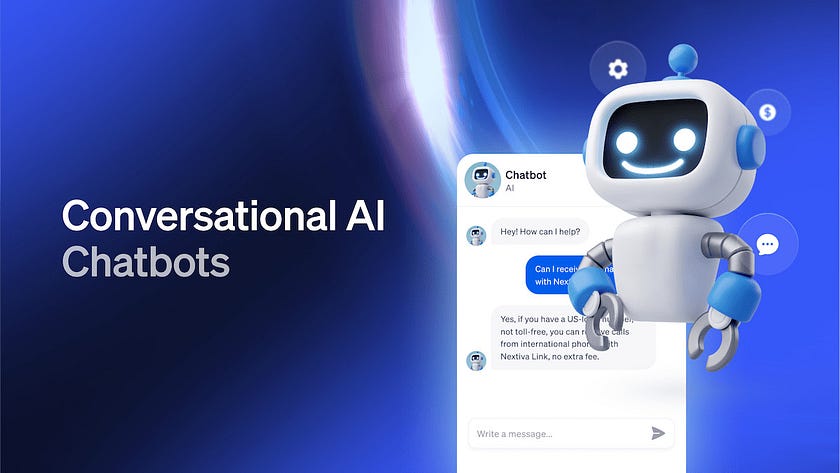Conversational AI Chatbots: Redefining Digital Interactions in 2025

In the last decade, digital communication has taken a monumental leap forward. From clunky FAQ bots to intelligent, context-aware assistants, conversational AI chatbots have become a cornerstone of how businesses and consumers interact online. They no longer just respond to keywords — they understand intent, adapt to tone, and even anticipate user needs.
What is a Conversational AI Chatbot?
A conversational AI chatbot is a virtual assistant powered by natural language processing (NLP), machine learning, and sometimes speech recognition. Unlike traditional rule-based bots that rely on pre-written scripts, conversational AI understands language in a human-like way. It processes text or speech, interprets meaning, and delivers contextually relevant responses — often in real time.
Why They’re Changing the Game
- 24/7 Availability — Businesses no longer have to worry about missing a customer query at midnight. AI chatbots operate round the clock, offering instant assistance regardless of time zones.
- Personalization at Scale — With data-driven insights, chatbots can tailor recommendations, remember preferences, and adapt conversations to suit each user.
- Reduced Operational Costs — Automated conversations handle repetitive queries, freeing up human agents to focus on complex, high-value interactions.
- Multi-Channel Integration — Today’s chatbots can work seamlessly across websites, mobile apps, WhatsApp, social media, and even voice assistants like Alexa or Google Assistant.
The Technology Behind the Chat
At the heart of a conversational AI chatbot lies NLP — the technology that enables the bot to understand grammar, slang, and even typos. Combined with machine learning, the chatbot improves with every interaction, learning from user behavior to refine its responses. Advanced models also use sentiment analysis to detect mood, allowing for more empathetic communication.
Real-World Use Cases
- Customer Support: Handling inquiries, troubleshooting, and processing refunds.
- E-Commerce: Guiding customers through product discovery, upselling, and checkout assistance.
- Healthcare: Scheduling appointments, providing symptom guidance, and sending medication reminders.
- Banking & Finance: Assisting with transactions, explaining account details, and detecting potential fraud.
The Human Touch in AI Conversations
While conversational AI has come a long way, it works best when paired with human oversight. AI can handle routine tasks flawlessly, but human agents bring emotional intelligence, complex problem-solving, and cultural nuance to the table. The future isn’t AI replacing humans — it’s AI augmenting them.
The Road Ahead
In 2025 and beyond, expect chatbots to become even more immersive. Voice-enabled, multilingual bots will break language barriers. Emotionally intelligent AI will engage users with empathy. Integration with augmented reality (AR) and the Internet of Things (IoT) will make these assistants an integral part of daily life.
Final Thought: Conversational AI chatbots are no longer just “nice to have” tools — they’re strategic assets that shape brand perception, customer loyalty, and operational efficiency. In an era where speed, personalization, and convenience define success, the businesses that embrace this technology will lead the conversation — quite literally.


Comments
Post a Comment